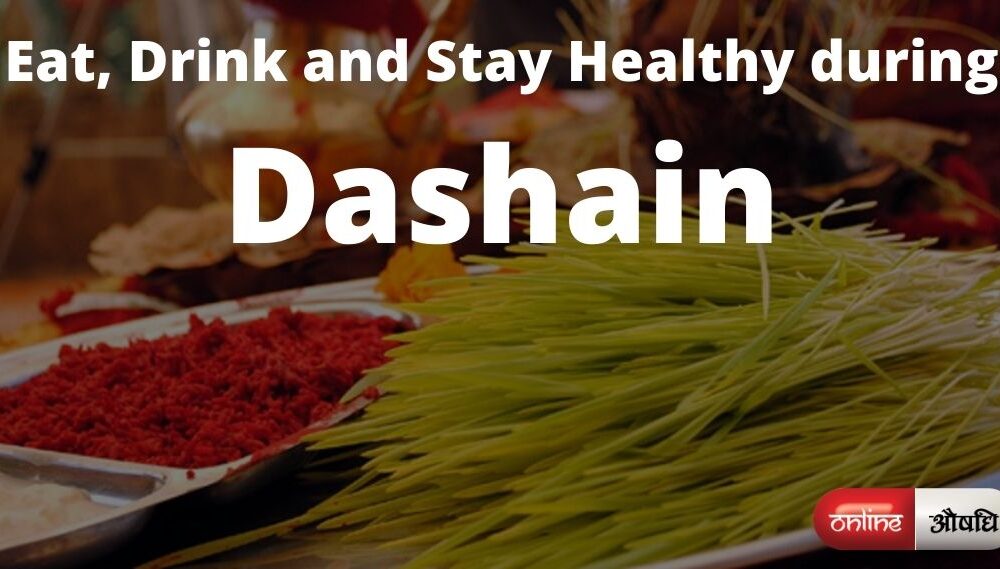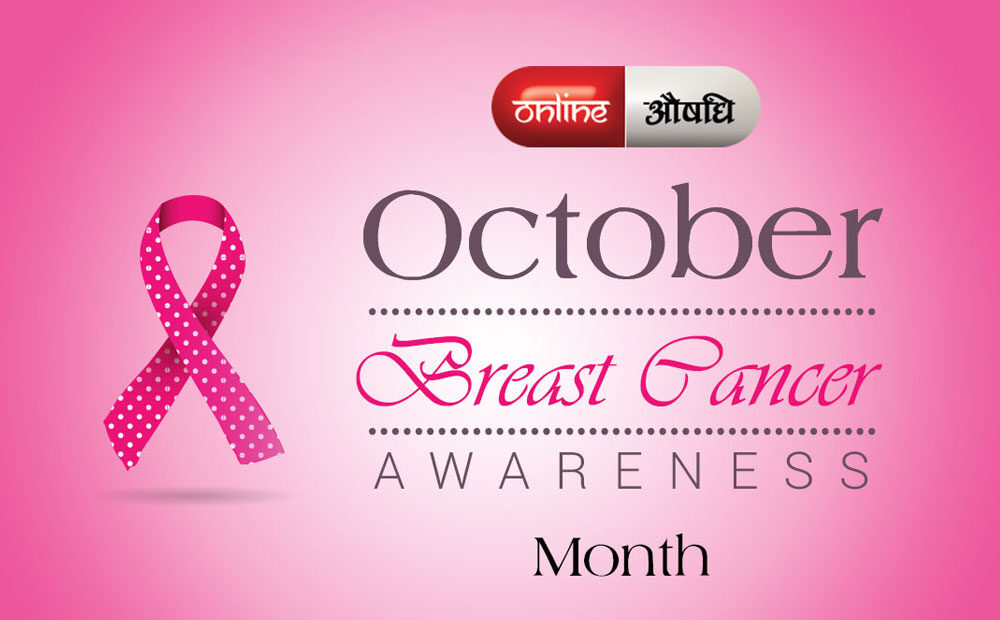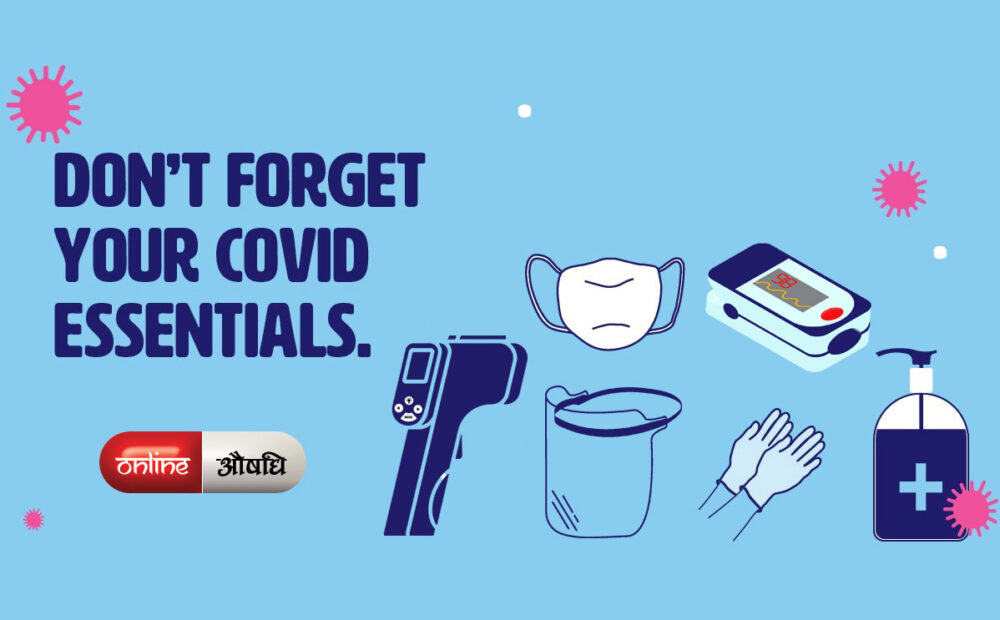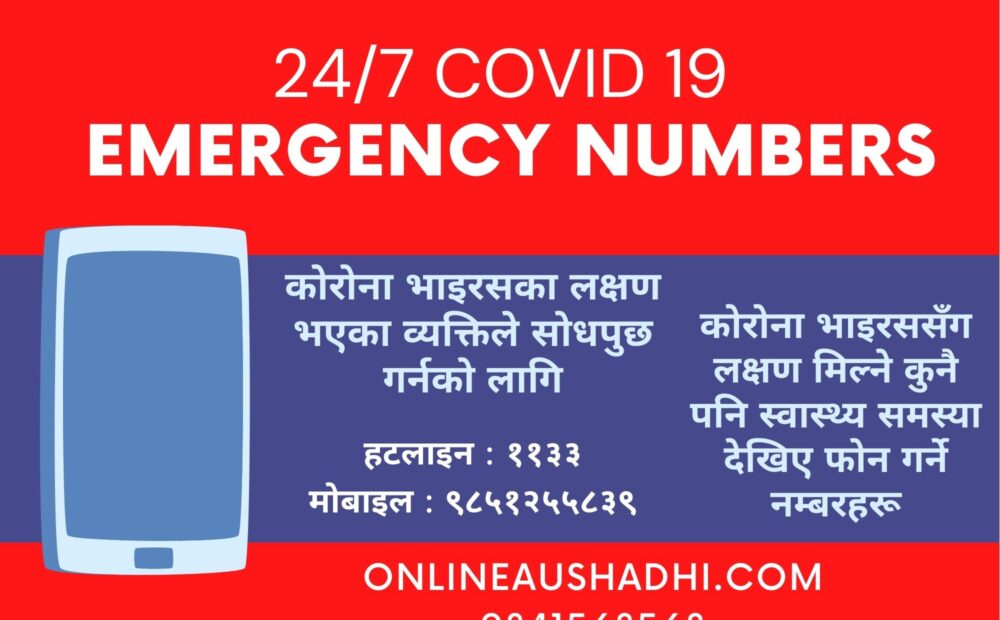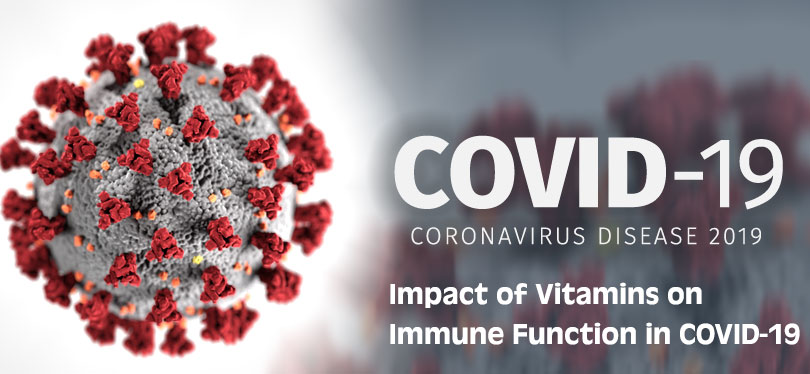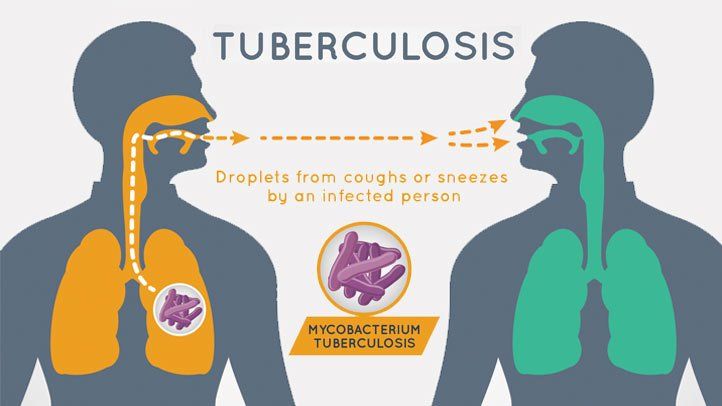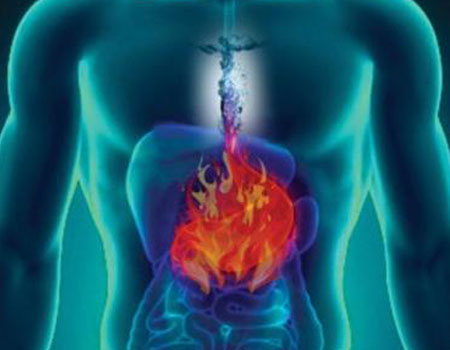It’s never a fun situation when you have a persistent cough. You don’t want to be that person in a quiet room during a lecture that can’t stop breaking the silence with your continuous cough, or that person at the restaurant that makes people fling themselves over their plates to protect their food while you cough away. Or that person on the plane that everyone throws disgusted looks at. Coughs are just terribly uncomfortable all around, both physically and otherwise.
There are two primary types of coughs, dry and productive. A productive cough is one in which you are coughing up phlegm or mucous-this is not a cough that should be suppressed, as your body needs to rid itself of the gunk that’s in your chest/lungs. While it shouldn’t be suppressed, some of these remedies will address a productive cough by including an expectorant, or something that loosens mucous and makes it easier for the body to get rid of.
A dry, hacking, cough is another story. It can be caused by allergies, dry air, a random tickle at the back of your throat that won’t go away, the aftermath of a cold, being in a dusty environment, etc. etc. For these we turn to demulcents, ingredients that soothe irritated mucous membranes and remove the irritant triggering the cough. Studies conducted in 2004 found that the main ingredients in cough syrup (dextromethorphan and diphenhydramine) have the same effectiveness in treating coughs as a placebo ingredient. Instead of turning to chemical solutions for every minor ailment, try some home remedies instead. They are not only better for you, but they taste a whole lot better than most cough syrup too!
1. A Spoonful of Honey
Honey can work more efficiently to calm a cough than over-the-counter drugs. It is a rich demulcent, with a high viscosity and stickiness that does an incredible job of coating and soothing those irritated mucous membranes. Thanks to an enzyme added by bees when they harvest honey, it also has antibacterial properties as well, which may help shorten how long you have the cough if it is due to bacterial illness.
Note: This is an excellent alternative remedy for both kids and adults, but should never be given to children under the age of 2 years due to the risk of botulism.
You will need…
-1 tablespoon of organic, raw, honey
Directions
Take 1 tablespoon of honey 1-3 times daily as needed to control coughing. Take immediately before bed if cough is disrupting your sleep. For children, you can adjust the dosing to 1 teaspoon up to one tablespoon.
2. Gargle Salt Water
Also a popular remedy for sore throats, salt water can ease the discomfort caused by a cough the same way it helps a sore throat-through osmosis. When the concentration of salt is higher outside of the cells in your mucous membranes, water flows out of the cells to balance everything out. When water leaves the cells, swelling goes down, and discomfort is decreased. If you have a cough that happens to come along with inflamed tissue, this is a good route to take. It can also help dislodge any mucous that’s hanging out and allow you to expel it easily.
You will need…
-1 teaspoon of salt
-8 ounces of warm water (1 cup)
Directions
Stir salt into water until it is thoroughly dissolved. Gargle for 15 seconds, spit, and repeat with the remaining water. Rinse with plain water afterwards.
3. Steam, Steam, Steam!
We can’t say why but steam is extremely underrated when it comes to anything dealing with a cough, cold, or congestion. Not only does the steam quite literally loosen mucous and phlegm, almost immediately, but you can add numerous essential oils that will impart wonderful healing benefits. These benefits (anti-viral, anti-bacterial, anti-inflammatory etc.) do become airborne, so you inhale them while you breathe in the steam. For this particular blend both tea tree oil and eucalyptus oil are known to be best, which can help soothe and open your airways as well as help fight off bacteria or a virus.
You will need…
-3 drops of tea tree oil
-1-2 drops of eucalyptus oil
-A bowl of water
-A soft, clean, towel
Directions
Bring enough water to a boil to halfway fill a medium size-heat proof bowl. Pour the water into it, let it cool slightly for 30-60 seconds, and add the essential oils, giving it a quick stir to release the vapors. Lean over the bowl and get as close as you can while still being comfortable. Remember that steam can seriously burn! Use the towel to cover your head like a tent, trapping the steam, and breathe deeply. Ideally, do this for 5-10 minutes 2-3 times a day.
4. Pepper & Honey
Black pepper is the world’s most traded spice, but most of its use is limited to the culinary world. What people don’t know is that it can make a great remedy for coughs that are accompanied by a lot of mucous or chest congestion. If you’ve accidently leaned too close to black pepper while it’s being grinded, you know it can make you cough or tickle your nose. This may not be fun on a regular basis, but it’s a plus if you need to expel all the nasty stuff that’s gunking up your lungs. The honey adds its antibacterial properties, and it makes it so the pepper isn’t too irritating. You can make black pepper “syrup” with honey, or a tea, as below. If possible, use freshly ground black pepper, as the pre-ground pepper simply seems to lose some of its punch.
You will need…
-1 teaspoon freshly ground black pepper
-1 tablespoon of honey
-8 ounces of water (1 cup)
Directions
Place the pepper and honey in a mug and then cover with boiling water. Give it stir to disperse the pepper flakes and melt in the honey. Steep for 10 minutes, stir once more, and drink in its entirety. Repeat 1-2 times a day as needed to loosen mucous.
5. Ginger Peppermint Syrup
Here you get the soothing qualities of warming ginger, all wrapped up in a delicious easy to swallow cough syrup. Spicy ginger works as an expectorant, helping loosen and expel mucous from the lungs. It can also stop the painful tickle at the back of throat that can trigger a cough in the first place, if you are experiencing a dry cough. The peppermint will also help relieve the irritating tickle of a cough.
You will need…
-3 tablespoons of chopped ginger
-1 tablespoon of dried peppermint
-4 cups of water
-1 cup of honey
Directions
Chop the ginger and add it along with the peppermint to 4 cups of water. Bring to a boil and then lower the heat so that the liquid simmer. Simmer until the liquid has been reduced by half, than strain. Let it cool slightly, and then stir in 1 cup of honey until it has been dissolved completely. Bottle and take 1 tablespoon every few hours as needed to ease your cough. Keep refrigerated for up to 3 weeks.


